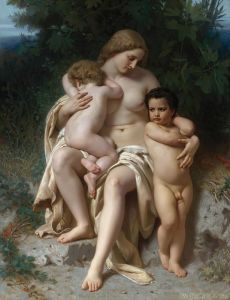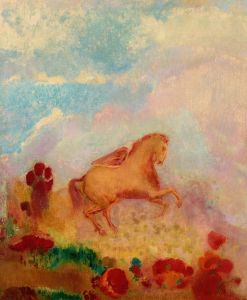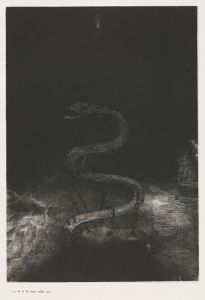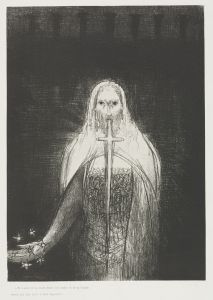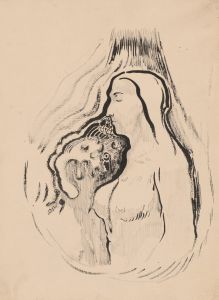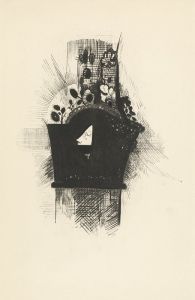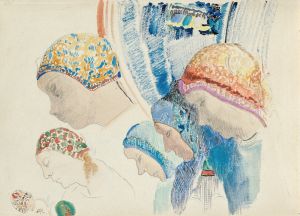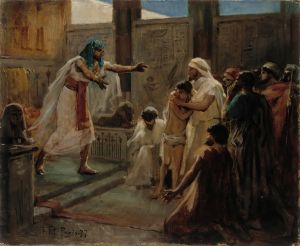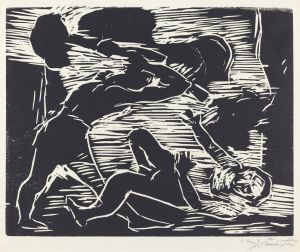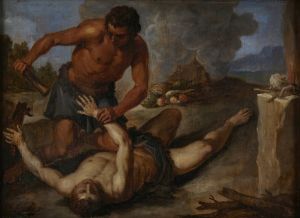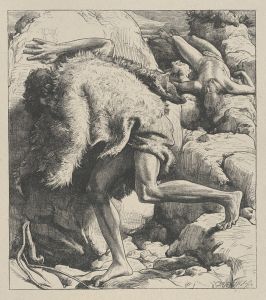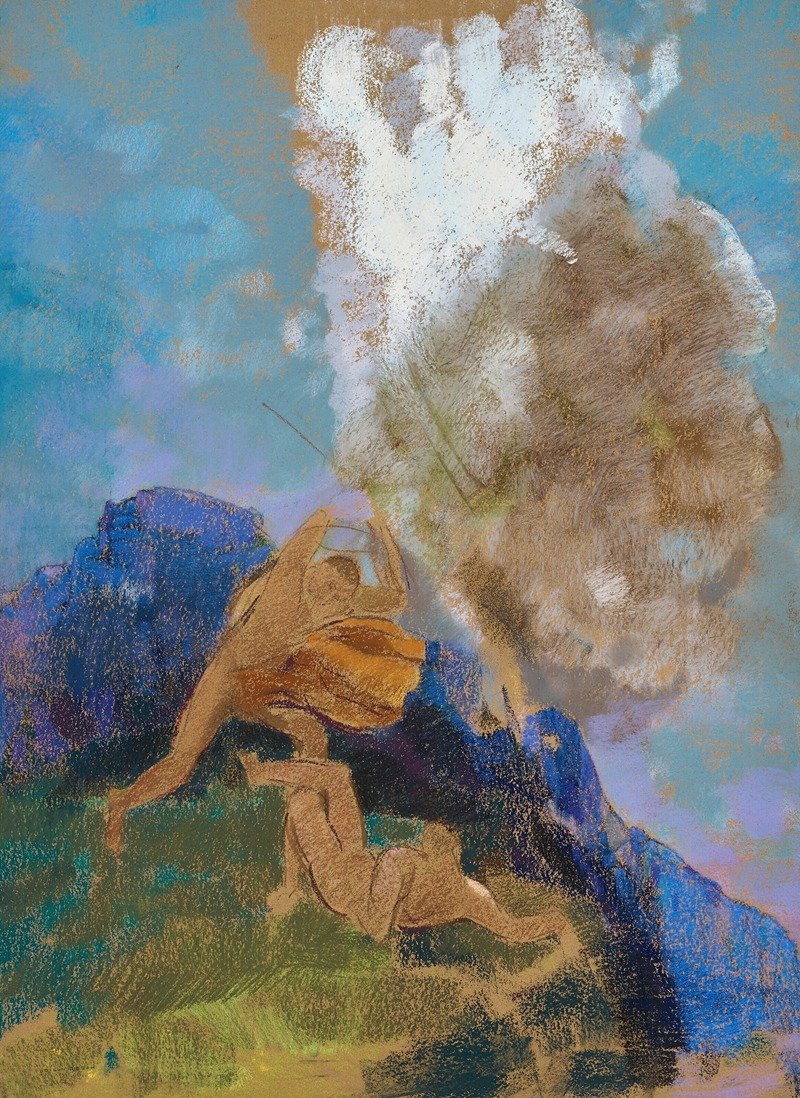
Caïn et Abel
A hand-painted replica of Odilon Redon’s masterpiece Caïn et Abel, meticulously crafted by professional artists to capture the true essence of the original. Each piece is created with museum-quality canvas and rare mineral pigments, carefully painted by experienced artists with delicate brushstrokes and rich, layered colors to perfectly recreate the texture of the original artwork. Unlike machine-printed reproductions, this hand-painted version brings the painting to life, infused with the artist’s emotions and skill in every stroke. Whether for personal collection or home decoration, it instantly elevates the artistic atmosphere of any space.
Odilon Redon, a French Symbolist artist known for his enigmatic and dreamlike works, created the painting Caïn et Abel (Cain and Abel) in 1885. This artwork is a depiction of the biblical story of Cain and Abel, the sons of Adam and Eve, as recounted in the Book of Genesis. The narrative describes Cain, the elder brother, murdering Abel out of jealousy after God favored Abel's offering over his own. This tale has been a recurring theme in art, literature, and theology, symbolizing fratricide, guilt, and divine judgment.
Redon's interpretation of the story reflects his characteristic style, which often delves into themes of spirituality, mystery, and the subconscious. The painting is rendered in charcoal and chalk, mediums that Redon frequently employed during this period to create his "noirs"—a series of monochromatic works that explore dark and introspective themes. The stark contrasts of light and shadow in Caïn et Abel enhance the emotional intensity of the scene, emphasizing the psychological and moral weight of the fratricide.
In this work, Redon focuses on the aftermath of the murder. Cain is depicted as a solitary, anguished figure, burdened by the weight of his guilt and divine punishment. The composition is minimalistic, with an emphasis on mood and atmosphere rather than detailed narrative elements. This approach aligns with Redon's broader artistic philosophy, which sought to evoke emotions and ideas rather than provide literal representations.
Caïn et Abel is part of Redon's exploration of biblical and mythological themes, which he often reinterpreted through a Symbolist lens. His works from this period are notable for their introspective quality and their ability to convey complex emotions through simple yet evocative imagery. The painting exemplifies Redon's interest in the human condition, particularly the darker aspects of existence, such as sin, remorse, and existential isolation.
Today, Caïn et Abel is recognized as an important example of Redon's early work and his contribution to the Symbolist movement. The painting is housed in the Musée d'Orsay in Paris, France, which holds a significant collection of Redon's works. It continues to be studied and appreciated for its artistic and thematic depth, as well as its place within the broader context of 19th-century art.





